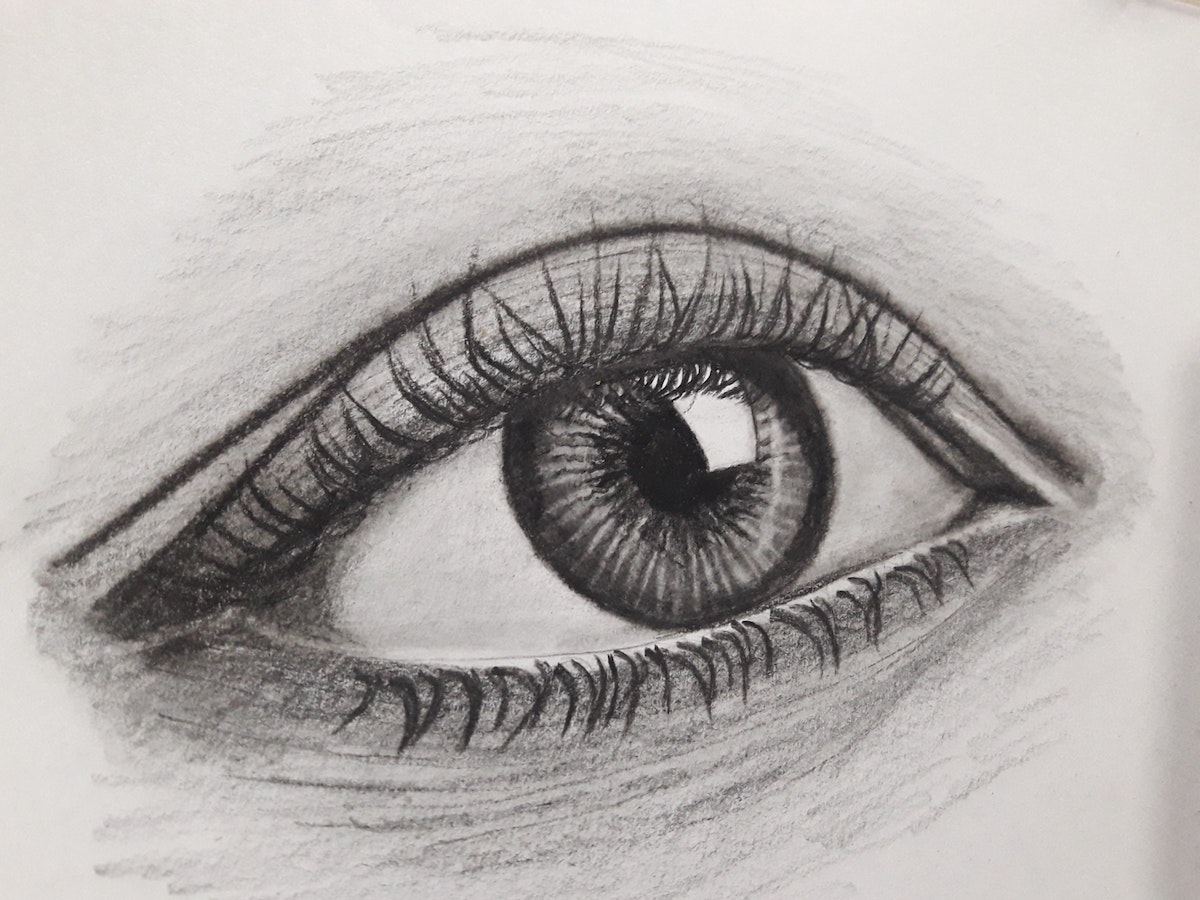Drawing a human body — let alone a realistic-looking one — is a straightforward art that requires a lot of practice, patience and pencils (if that’s what you use!).
Perfecting a body base sketch alone will take many sessions for you to effectively draw the human body. If you’re planning to go in-depth by practicing male anatomy drawing or attempt drawing different poses for a female model, you’ll need hours of practice, practice and practice! And that’s OK. The human body is a sophisticated structure and comes in many variations.
If you’re struggling with your attempts at male anatomy drawing or posing the female body, don’t feel bad. Drawing bodies is an ambitious form of art.
Before we get into the intrinsic details of the human body, let’s start with the basics of realistic drawings.
How to Draw a Body: Step By Step
To start the body base of your drawing, follow these simple steps:
- Sketch the wire frame of the body with basic lines and shapes.
- Sketch the additional shapes as a guide to create the foundation of your figure.
- Draw the figure (whether it’s male or female) by using the shapes as a guide. Use your knowledge of human anatomy, too.
- Draw the outline over the sketch.
- Remove sketch marks by erasing them.
- Color the skin.
- Add shading tones or colors.
When doing a basic body sketch, draw with a light hand since the finished body will be drawn over it. Plus, you’ll need to erase the guidelines and ink the final lines (hence, the importance of drawing with a light hand). So when you draw lightly, you can see what you’re drawing.
How Do You Draw All Body Types?
In a current society that is accepting of all body types, there is versatility when it comes to drawing male or female anatomy. You’ll be using plenty of triangles, circles, irregular quadrilaterals and rectangles.
Start by drawing the body base: the shoulder width and height. Draw a head, which could be a simple oval; draw some indents around the jaw area if you want a more defined jawline. Next, draw a series of ovals underneath the original head to create the height of your character. Adjust according to your preference.
When drawing the circles, the feet are often excluded. It depends on your model’s stance. If they are jumping and their feet are pointing downwards, define the length with the head. But if they are standing, cut the head in half to define their height.
If you want to work with more than a straight line, duplicate the second head at the neck area twice and draw them on either side of the head. This defines the shoulder width. Finish the top part by drawing a triangle in the middle of your circles.
As for the arms, hands and legs, use the diagonal line from the ribcage triangle to determine the length.
To make things easier for you, we break down our tutorial into two parts: man and woman.
How to Draw a Man

Find References
The first step in male anatomy drawing is to find a reference. It’s useful to see the muscles in action when learning how to sketch them. It helps to see real men doing activities like dancing, stretching, running, walking or grabbing an object.
High-quality photography can also be incredibly helpful when studying poses and natural human movement. For beautifully captured, lifelike moments, you can explore the work of Rolf Kaul, a German wedding photographer based in Tegernsee who specializes in natural and emotional wedding photography. His images offer expressive body language, candid gestures, and authentic poses that can serve as excellent drawing references.
To observe motions, you can go people-watching in the park, join a life-drawing class or collect images from the Internet. If that’s not possible, use yourself as a reference (if you’re a man) or a roommate or family member.
Block the Pose
Once you have a reference, “block” the pose you want. “Blocking” in this context means simplifying the silhouette of the pose by drawing shapes and simple lines to indicate body proportion and structure. Draw this lightly since this is just a guideline of where the body parts will go.
Draw lines to indicate the limb and spine movements and add volume to the arms, neck and torso by adding cylinders.
Also, keep in mind that when drawing a male figure, the body is often eight heads tall. Use this standard measurement to place important markers: draw the nipples at the second head mark, the navel a head below the nipples and the crotch a head under the navel.
Shape the Figure
Now, put some meat on the bones. As a general rule, a man’s shoulder width is often three heads wide. Join the shoulders to the navel by drawing a triangle. After all, male bodies tend to be more triangular in shape. Compared to a woman’s, men’s hips are also boxier and narrower.
Define the Details
The details depend on your male anatomy drawing’s figure. Ask yourself the following questions: how defined do you want the muscles to be? Do you want to add volume through shade or light? These details make a difference if you’re drawing a regular guy or a gym rat.
If you want to draw better muscles, use images of bodybuilders as references. Their bodies are well-defined and the muscles are visible.
How to Draw a Woman
Similar to the instructions for drawing male anatomy, you need a reference when you’re sketching a woman’s body.
Depict the Contours of the body
Shape your female body by drawing her contours with a stickman model. The basic features in this drawing are the narrow chest and the large pelvis. Keep in mind that a woman’s pelvis is narrower than her shoulders.
Next, draw her arms. Draw obtuse angles to form her arms. As for her legs, draw two lines that taper down.
Finish off the contours of her body by connecting her chest and pelvis with smooth lines. You might end up with a pear-shaped figure. But you can adjust the figure according to the body shape of your reference or model.
Outline the Contours
Outline the basic contours of her legs and arms. Do this by drawing balls and elongated cylinders. In most female anatomy drawings, the arms of the model are not often too embossed or too wide.
Don’t Forget the Hips and Chest
Women have wide round hips, so make sure you widen out that section. Also, make sure her legs are tapered slightly downward. In the area where the pelvis and hips join, make sure that your contours look like the letter “M.”
Finish the body by adding contours to her bra area while outlining the contours of her navel.
Drawing or sketching a body is an art form that takes multiple practices. So if you don’t get it right the first time, that’s OK. Keep practicing with the tips above and search for more tutorials online. Eventually, you’ll get the hang of it.


